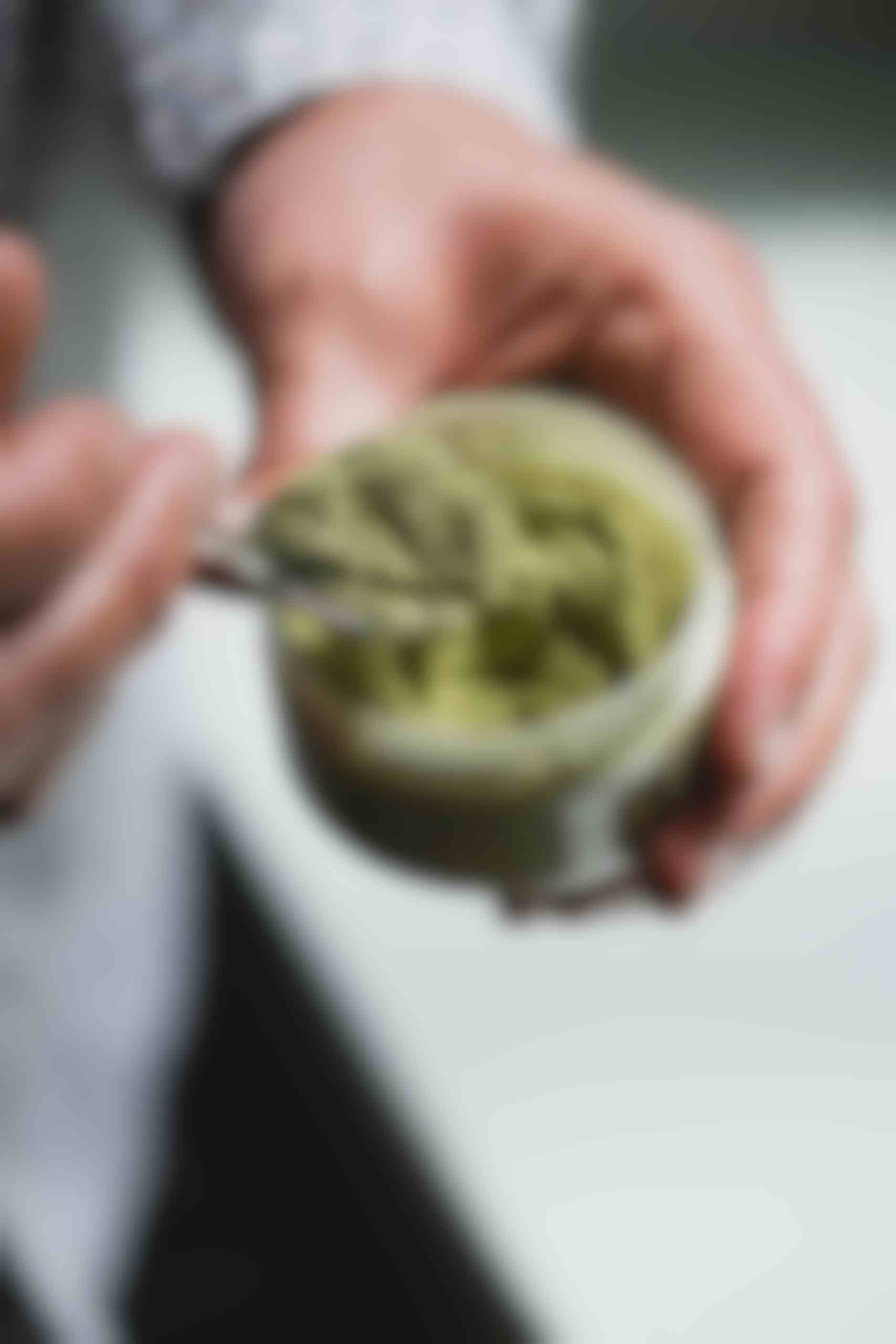The residents of Canton Glarus have always been an enterprising people. In days gone by, thousands of them travelled around Switzerland supplying the nation with slate, scarves and Pastetli (traditional Glarus puff pastries), and in particular blue fenugreek and Schabziger cheese (containing the bright green herb), which they boldly claim is the oldest branded product in Switzerland. The Romans were already familiar with its closest relative, fenugreek, which comes from the Latin meaning “Greek hay”. Unlike blue fenugreek, regular fenugreek is a relatively mild spice and is fairly common in Switzerland – most likely due to the thousands of Tamils here, who like to use mehti (the name under which Tamil and Indian specialist stores sell dried fenugreek leaves) in their curries. So it’s high time we made room for blue fenugreek in local cuisine, too. This spicy, slightly bitter, hay-like herb with a nutty aroma goes beautifully with countless dishes. In South Tyrol it is known as “Brotklee” (bread clover) and features in many of the region’s delicious pastries. In Switzerland, it has also recently made its way into the creations of the acclaimed Toggenburg cheesemaker, Willi Schmid. This herb is incredibly versatile, even though its intense flavour means that it can only be used in small quantities – in mayonnaise, for example, or for seasoning a vegetable jus. Or even just as a simple seasoning for roast potatoes or to pep up a creamy salad dressing made with a neutral-flavoured vegetable oil. Blue fenugreek – or trigonella caerulea, as this clover-like herb is known in Botanical Latin – is a revelation when used to season a honey mousse or the sauce for an apple tart, or when you add a pinch of it to Zug’s famous cherry compote (Chriesisturm) together with star anise.
Blue fenugreek in cherry compote
Dominik Flammer

